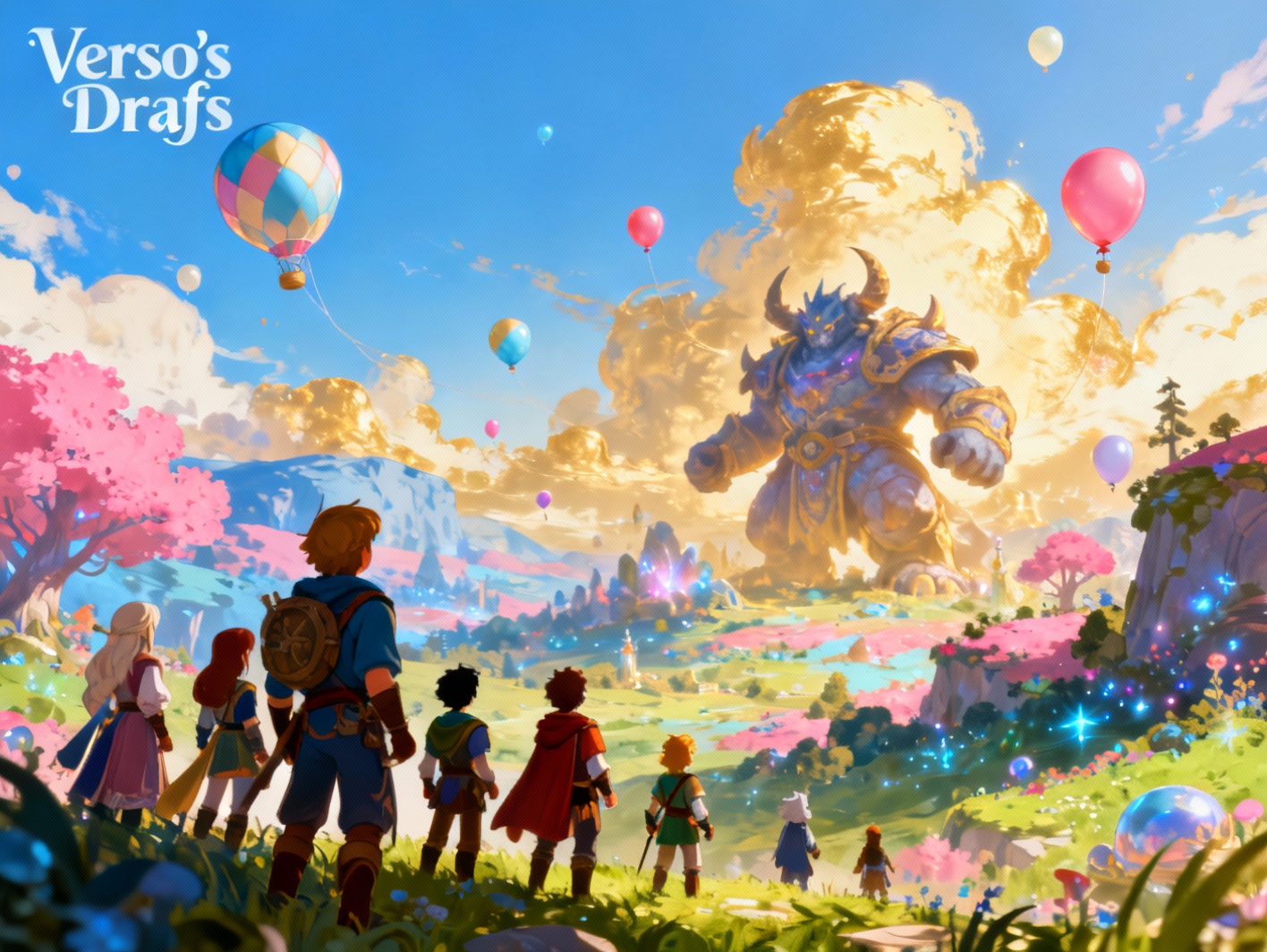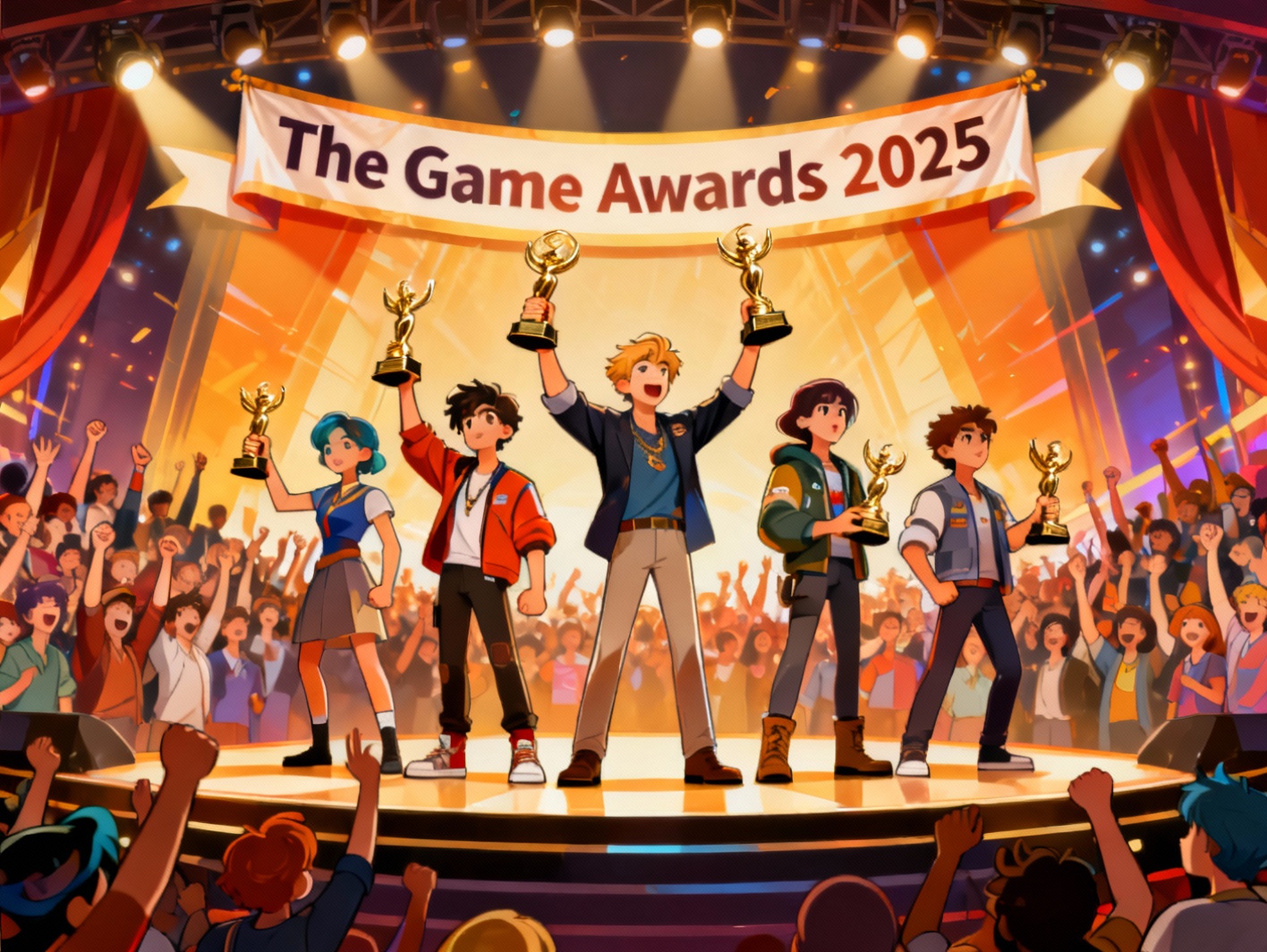Table of Contents
- Introduction
- Understanding the Scope and Reasons Behind Microsoft’s Layoffs
- Immediate Impact on Xbox Studios and Game Development Projects
- Reactions from Industry Professionals and Unions
- Potential Long-Term Effects on Xbox’s Game Portfolio and Market Position
- Navigating the Future: Strategies for Recovery and Growth
- Conclusions
Microsoft’s choice to eliminate about 9,000 positions in early 2024, with noticeable cuts in its Xbox gaming division, has stirred serious debate and concern within the technology and gaming industries. While the company pointed to strategic realignment and long-term AI investment as key drivers behind this move, the decision has had far-reaching consequences — halting in-progress game titles, shuttering internal studios, and sparking intense reactions from developers and industry observers. In this article, we explore Microsoft’s motivations, the departments most impacted, how the gaming arm — especially Xbox — has been affected, and the broader significance this holds for the future of the gaming sector and creative development inside large tech ecosystems.
Understanding the Scope and Reasons Behind Microsoft’s Layoffs
Microsoft’s recent workforce reduction involving around 9,000 employees is one of its most extensive to date. Impacted areas include engineering, marketing, support, and most notably, the company’s gaming sector, particularly Xbox Game Studios. The layoffs reflect not only internal restructuring but also growing investments in Artificial Intelligence and cloud infrastructure. According to Microsoft’s official statement, the move was part of a “strategic shift to align with growth areas.” While specifics were not deeply detailed in public announcements, insiders report that redundancies affected teams within ZeniMax, Bethesda, and other Xbox-aligned development branches.
Job losses are part of a wider trend among tech companies reacting to slowed post-pandemic growth and recalibrating their focus toward automation and machine learning innovations. Microsoft has invested billions into OpenAI and incorporated AI tools across its product segments such as Office 365 and Azure. As such, many experts interpret this restructuring as pivoting away from more labor-intensive creative units toward scalable, AI-backed platforms.
Departments tied to traditional game development, marketing, and QA were disproportionately impacted. By reducing dependency on larger in-house teams, Microsoft appears to be betting on leaner operations supported by outsourced partnerships and productivity enhancements through AI-assisted development pipelines. This decision has raised important concerns about how sustainable the human element in creative industries will be under increasing pressure from cost-saving technologies and automation.
Immediate Impact on Xbox Studios and Game Development Projects
Among the hardest-hit areas of these layoffs was Microsoft’s gaming unit, Xbox Game Studios. Internal developers, including The Initiative, Rare, and Tango Gameworks, saw staff reductions that impacted in-progress projects. One significant casualty was the reboot of Perfect Dark, which has faced a troubled production cycle even prior to the layoffs. The Initiative, the studio in charge of the title, experienced ongoing leadership turnover, and these latest cuts have further exacerbated delays and raised questions about its timeline.
Rare’s anticipated title Everwild was also impacted. The speculative action-adventure game has already undergone multiple rewrites and development pauses. Insiders suggest the latest layoffs reduce the chance that it will meet any of its earlier development milestones. Additionally, Tango Gameworks, the studio behind Hi-Fi Rush, suffered cuts that led to the outright cancellation of internal prototypes and experimental gameplay concepts.
Broadly, these workforce reductions have disrupted team cohesion and momentum in multiple creative units. Projects still in development are now navigating an uncertain environment, where smaller staffing and reduced budgets mean that creativity and scope could be limited. Some developers have likened these effects to a ‘soft shuttering’ of games — where projects may not be openly canceled but are unlikely to advance toward release on a feasible timeline.
The decision to shrink internal studios also casts doubt on Xbox’s ability to compete with Sony and Nintendo in exclusive content. While Microsoft has made significant acquisitions in past years, such as Bethesda and Activision Blizzard, the layoffs now threat their integration effectiveness and overall production output.
Reactions from Industry Professionals and Unions
The reaction from industry professionals to Microsoft’s layoffs has been marked by concern, criticism, and a renewed discussion about labor practices in game development. Developers — both current and former — have openly described the move as a contradiction to Microsoft’s previous assurances of stability and long-term support for its creative teams. The general sentiment across professional communities has been that these job cuts prioritize shareholders over sustainable growth of talent and innovation.
The Communications Workers of America (CWA), one of the most vocal labor unions advocating for tech and game workers, issued a direct rebuke. They emphasized that while Microsoft had previously entered agreements to provide neutrality in union efforts, this round of layoffs paints a different picture. The CWA statement called for greater transparency and warned that such massive cutbacks could chill other developers’ interest in joining large corporate ecosystems where job security is increasingly fragile.
Beyond employment concerns, developers are now questioning whether such corporate consolidation — as seen with Microsoft’s ownership of over 20 game studios — actually benefits creativity. Critics argue that the layoffs reveal the risks of over-centralization, where independent identity, leadership autonomy, and creative risk-taking are sacrificed for cost management.
At the root of this dialogue is a broader reckoning with how game studios need to evolve. Many argue that the success of a creative medium like video games depends on maintaining creative continuity and nurturing professional stability. The abrupt reduction of gifted talent sends a message that contradicts that vision and may contribute to burnout, relinquished creativity, and a flight of talent to smaller studios or out of the industry altogether.
Potential Long-Term Effects on Xbox’s Game Portfolio and Market Position
The long-term effects of Microsoft’s layoffs on Xbox are potentially vast and carry serious ramifications for future game development. With high-profile projects canceled or indefinitely delayed, Xbox’s ability to maintain a steady pipeline of exclusive titles is now in jeopardy. These exclusives have been cornerstone strategic assets for console sales and Game Pass subscriptions — key components of Microsoft’s gaming revenue model.
A diminished internal studio presence could weaken Xbox’s content control and bargaining power in the market. While acquisitions like ZeniMax and Activision brought enormous intellectual property into the Xbox ecosystem, employee morale and disrupted workflows could hinder the efficiency those deals were supposed to foster.
Additionally, fans may begin to lose confidence if anticipated games do not materialize. Titles like Perfect Dark and Everwild were positioned as potential console sellers. Any failure to release them undermines Xbox’s brand proposition as an innovator and creative competitor in gaming. Delays also impact studios’ reputations independently of Microsoft—highlighting how fallout spreads beyond corporate centers.
Microsoft risks becoming increasingly reliant on third-party developers or smaller-scope titles for future releases. While indie games serve an important cultural niche, they typically lack the mega-franchise appeal of AAA releases. Without consistent high-quality, homegrown blockbusters, Xbox could struggle to hold ground against Sony’s globally acclaimed in-house productions and Nintendo’s first-party IP dominance.
From a developer standpoint, former Xbox creatives may drift toward more agile or supportive ecosystems. This brain drain could weaken Microsoft’s appeal as an employer of choice in the gaming space, further complicating attempts to rebound in future cycles. The cumulative outcome is a real threat to Xbox’s relevance, unless decisive action helps restore production momentum while assuring creators of long-term security and vision continuity.
Navigating the Future: Strategies for Recovery and Growth
In the wake of these disruptive layoffs, Microsoft and Xbox must adopt multifaceted strategies to stabilize and rebuild. One key priority should be reinvesting in creative talent — not just in hiring, but in establishing career development pipelines that support long-term retention. Offering stability, transparency, and channels for upward mobility could help reestablish trust and ensure teams don’t just rebuild, but evolve.
Partnering with independent developers could also offer a dual benefit. It would allow Xbox to maintain a steady content pipeline while nurturing innovation from the outside. Projects like Ori and Cuphead have shown that collaboration with passionate, smaller teams can yield memorable results. By investing in ecosystems like ID@Xbox more meaningfully, the company can diversify its portfolio while counterbalancing reduced internal output.
Another promising pathway lies in embracing new, agile production tools and workflows. With recent advances in AI-assisted development — including animation generation and procedural level design — studios can potentially reduce production bottlenecks if used smartly. However, technology should not replace humans where creativity is at stake. Instead, Microsoft must cultivate a balance where AI augments rather than overtakes development practices.
Xbox could additionally benefit from enhanced transparency with its gaming community. Offering development updates, behind-the-scenes insights, and clear roadmaps fosters goodwill and aligns expectations. In today’s hyperconnected world, communication has become a pillar of brand strength. Engaging with fan communities, creators, and media personalities can help bridge current gaps and maintain interest in the Xbox brand.
Ultimately, a forward-thinking recovery strategy will require more than just financial investment. It must be rooted in cultural renewal — where developers feel creative freedom, studios are empowered to pursue unusual ideas, and risk-taking is seen as a path to innovation rather than a liability. Xbox still holds significant IP and infrastructure advantages. Whether these can be leveraged effectively depends on how Microsoft navigates the current turmoil and commits to a developer-first future.
Conclusions
The sweeping layoffs at Microsoft have disrupted more than internal logistics — they’ve shaken the foundational structure of Xbox’s game development strategy. From canceled projects to diminished studio strength, the consequences threaten the division’s capacity to innovate and compete. However, this moment, while challenging, can also serve as a pivotal point for reorientation. By doubling down on creative partnerships, supporting employee growth, and embracing thoughtful use of emerging technologies, Microsoft has the tools to rebuild a dynamic and resilient gaming division. Going forward, Xbox’s trajectory will depend on its willingness to value and champion the creative people behind its most ambitious experiences.










